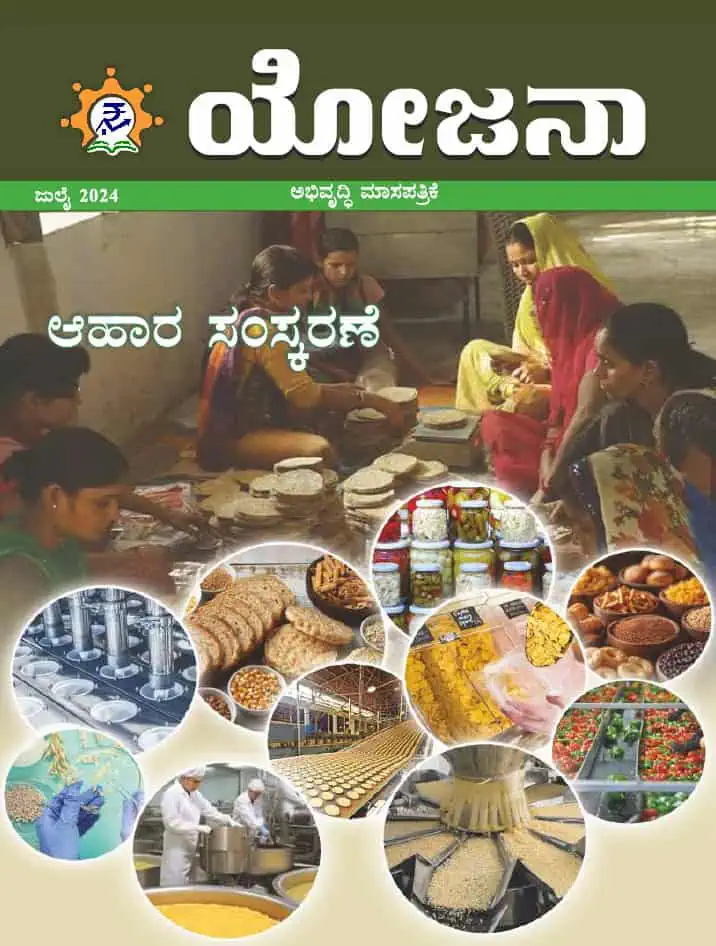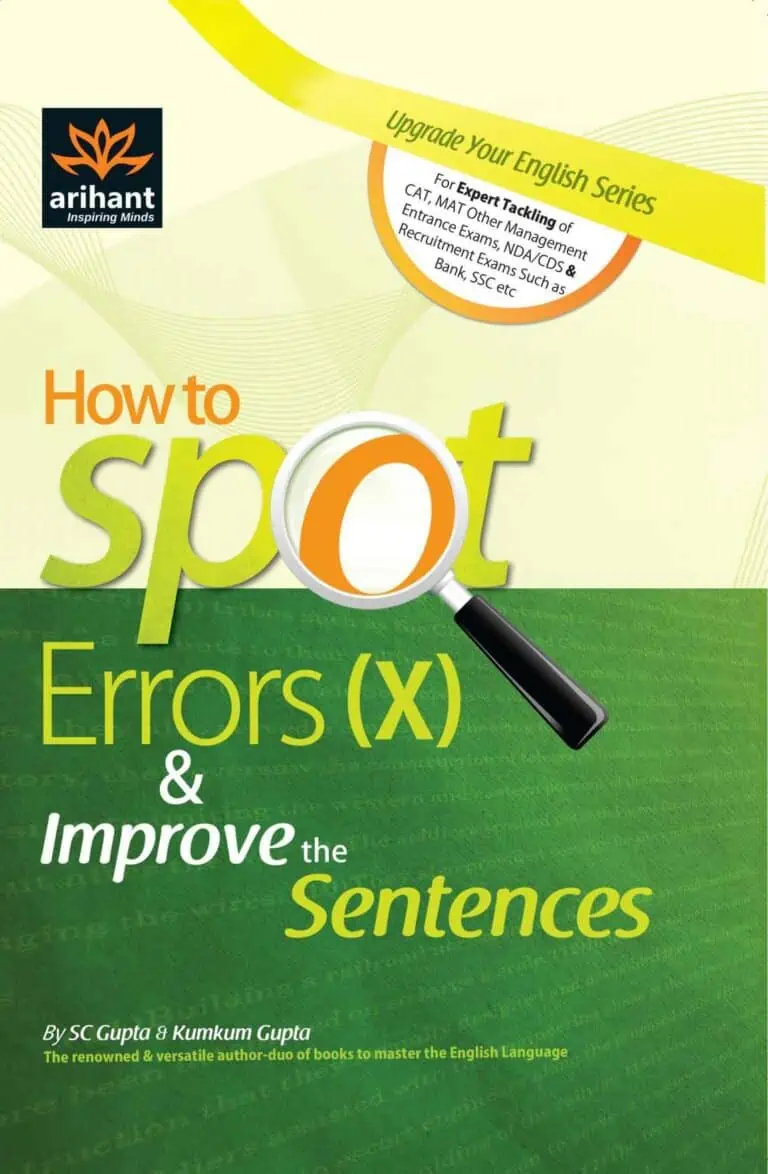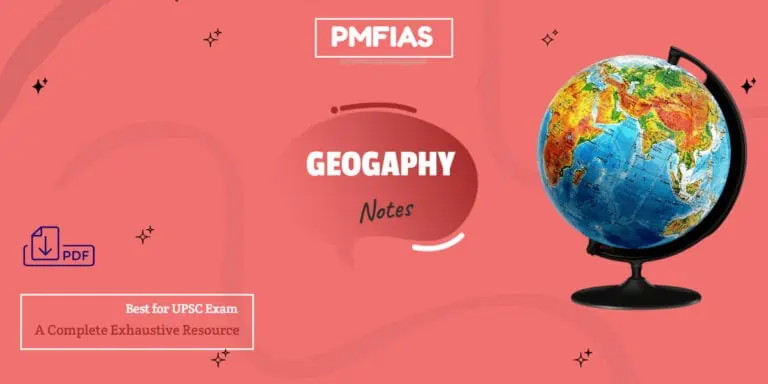Static GK of Jammu and Kashmir Study Material PDF [Complete Guide]

Jammu and Kashmir was a state of India from 1954 to 2019, now is a region administered by India as a union territory and consists of the southern portion of the larger Kashmir region, which has been the subject of a dispute between India and Pakistan since 1947, and between India and China since 1962.
The union territory of Jammu and Kashmir is made up of two divisions: Jammu Division and Kashmir Division, which are divided into 20 districts!
Jammu and Kashmir (Union Territory)
Capital: Jammu (winter), Srinagar (summer)
Date of Formation: On 31st October, 2019
Population: 12,541,302 (2011 Census)
Area: 2,22,236 (Square Km)
Languages: Kashmiri, Urdu & Dongri
- It was organized into a Union Territory by the Jammu and Kashmir Reorganisation Act, 2019.
- Neighbouring States: Himachal Pradesh, Punjab, Ladakh
- Neighbouring Countries: Pakistan
- People are engaged in handicrafts like carpet making, shawl making, wood carving, etc.
- It is famous for it natural beauty and picturesque locations.
- Jammu is famous for temples and Kashmir is famous for Lakes and Gardens.
Revocation of the Special Status of Jammu and Kashmir:
- On 5th August 2019, the Government of India revoked the Special States granted under Article 370 of the Indian Constitution to Jammu and Kashmir.
- Through the J&K Reorganisation Act, 2019 the Jammu and Kashmir have been bifurcated into two Union Territories; Jammu and Kashmir and Ladakh on 31st October 2019.
- The Jammu and Kashmir Legislative Council was formally abolished on 16th October 2019.
- Jammu and Kashmir will lead to an increasing number of seats in the newly Constituted Assembly from 107 to 114. Out of which, 24 seats are designated for the Territorial Constituencies of the Pakistan-occupied Kashmir.
Folk and Tribal Dances of Jammu & Kashmir:
Rauf
Rouf is a traditional dance that has been practiced throughout the Jammu & Kashmir for centuries. It is often performed on important occasions such as marriage and cultural activities, and traditionally by women.
Dumhal
The Dumhal dance is a folk dance performed in the Indian territory of Jammu and Kashmir by the Watal tribe. The only men who are privileged to perform this dance are wearing long, colourful robes and tall, conical caps, studded with beads and shells.
Chakri
Chakri is a traditional music style that is popular in Kashmir. Chakri is a song form with instrumental parts, and it is played with instruments such as the harmonium, rubab, sarangi, nout, geger and chimta.
Henzae
Henzae is a traditional Kashmiri folk singing style of the Kashmiri Pandits. It’s been around since ancient times and has archaic features that suggest it’s the oldest form of the folk singing tradition.
Ladishah
Ladishah is a form of singing that is sarcastic and humorous in nature. The songs are sung in Kashmiri, and often reflect the present social and political conditions. The singers usually travel from village to village performing during the harvesting period.
Sufiana Kalam (Kashmiri Classical)
Sufiana Kalam is a Kashmiri classical music genre that has an original raga and accompanies it with other instruments like the santoor, the Kashmiri saz, the setar, the wasool and the dokra.
Hikat
The Hikat is a very old form of folk dance, which is usually performed by young girls in marriage ceremonies. The girls perform this dance by holding each other’s hands in the shape of a cross and then circling each other in a circle. Hika is the perfect bride’s day dance, as it comes from an old ritual for an unmarried girl to ‘claim’ her husband.
Recently, Ghulam Rasool Khan, a Jamawar Patchwork Artist from Srinagar received Padma Shri Award in 2021.
Irrigation and Multipurpose Projects:
Dulhasti Power Project – Chenab River
Dul Hasti is a 390MW hydroelectric power plant constructed in 1985 in Kishtwar district of Jammu and Kashmir, India. Built by NHPC, the power plant is a run-on-the-river type on Chandra River, a tributary of Chenab river.
Uri Power Project – Jhelum River
Uri Dam, a 480 MW hydroelectric power station on the Jhelum River near Uri in Baramula district of the Jammu and Kashmir, India. It is located very near to the Line of Control, the de facto border between India and Pakistan. It is a run-of-the-river type without a large dam, due to the exclusive rights of Pakistan under the Indus Waters Treaty.
Puga Valley – Renewable Energy Plant
Puga valley is the most promising Geothermal Energy Plant in the Ladakh region of Jammu and Kashmir.
Well Known Sanctuaries and National Parks in Jammu & Kashmir:
Dachigam Sanctuary
Dachigam National Park is located in Srinagar, Jammu and Kashmir covering 22 kilometers. It is one of the Best Tourist spot in J&K.
Important Animals: Leopard, Black Bear, Kasmiri Stag
Did You Know?
- The Largest Lake of India is Wular Lake present in Jammu and Kashmir
- The Longest Tunnel in India is Jawahar Tunnel, Banihal Pass present in Jammu and Kashmir
- Jammu and Kashmir Day – 6th, February
- Urdu is the Official Language of Jammu and Kashmir. Kashmiri is not!
- Pirpanjal Range is situated in Jammu and Kashmir
- Saltoro India’s fourth highest peak is situated in J&K
- National Highway NH1 passes through Jammu and Kashmir
- NH 44 Longest National Highway passes through the States of Jammu and Kashmir, Himachal Pradesh, Punjab, Haryana, Delhi, Uttar Pradesh, Madhya Pradesh, Maharashtra, Telangana, Andhra Pradesh, Karnataka, Tamil Nadu
- International Airport in Jammu and Kashmir is present in Srinagar
- Pangong, Tsomarari, Wular & Dal Lakes are the Important Lakes in Jammu & Kashmir
- Bakarwals & Gujjars are the Tribal groups found in Jammu and Kashmir
- Jammu and Kashmir is otherwise known as “Heaven of India”
- Gulmarg & Pahalgam are the Famous Hill Station in Jammu & Kashmir
- Jammu and Kashmir lead in the Production of wollen Textiles. Kashmir is a Large producer of Handloom and Powerloom products.
- The Third longest train route is of ‘Himsagar Express’ from Jammu to Kanyakumari. It covers a distance of 3787Km and passes through 12 states.
Useful Books for Competitive Exams
Best Books for Competitive Exams [PDF]
Disclaimer: Pavithran.Net doesn’t aim to promote or condone piracy in any way. We do not own any of these books. We neither create nor scan this Book. The Images, Books & other Contents are copyrighted to their respective owners. We are providing PDFs of Books that are already available on the Internet, Websites, and Social Media like Facebook, Telegram, Whatsapp, etc. We highly encourage visitors to Buy the Original content from their Official Sites. If any way it violates the law or if anybody has Copyright issues/ having discrepancies over this post, Please Take our Contact Us page to get in touch with us. We will reply as soon as we receive your Mails.
We Need Your Support. Please Share the Link if it is helpful to your Cherished circle



![Kiran SSC CGL General Awareness Pointers 1997-2018 Solved Papers [English Medium]](https://www.pavithran.net/wp-content/uploads/2024/06/Kiran-SSC-CGL-General-Awareness-Pointers-1997-2018-Solved-Papers-English-Medium-768x1072.webp)


![Complete Guide for RRB Group D Level 1 Exam [4th Edition -2024] - Disha Experts](https://www.pavithran.net/wp-content/uploads/2025/03/Complete-Guide-for-RRB-Group-D-Level-1-Exam-4th-Edition-2024-Disha-Experts-785x1024.webp)